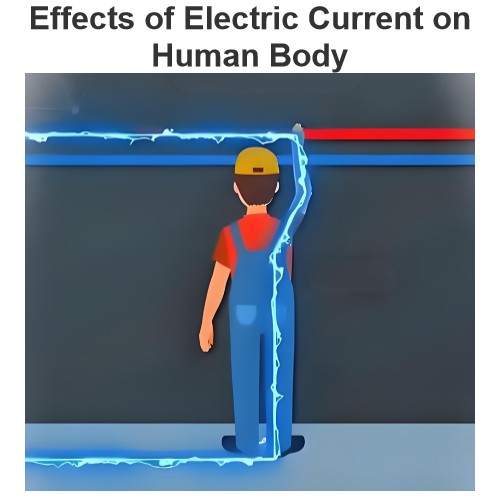Is it safe to use a CO2 fire extinguisher on a high voltage transformer?
Using a carbon dioxide (CO₂) fire extinguisher on a high-voltage transformer is generally safe, but there are important considerations to keep in mind. Here are the key points regarding the safety and precautions:
Safety
Non-Conductive: Carbon dioxide (CO₂) is an inert gas and does not conduct electricity. Therefore, using a CO₂ fire extinguisher to extinguish electrical fires does not increase the risk of electric shock, which is one of its main advantages.
No Residue: CO₂ leaves no residue after extinguishing a fire, preventing secondary contamination or damage to electrical equipment.
Cooling Effect: CO₂ fire extinguishers work by reducing oxygen concentration and providing a cooling effect, which helps to quickly control the fire.
Precautions
Ventilation: CO₂ gas can cause suffocation in enclosed spaces. Ensure there is adequate ventilation when using a CO₂ fire extinguisher to prevent personnel from inhaling excessive amounts of CO₂.
Personal Protective Equipment (PPE): When operating a CO₂ fire extinguisher, wear appropriate personal protective equipment, such as safety glasses and gloves, to prevent frostbite and eye injuries.
Stay Away from Live Parts: Although CO₂ is non-conductive, try to stay away from live electrical parts while extinguishing the fire to avoid accidental contact and potential electric shock.
Identify the Source of the Fire: Ensure that you identify and extinguish the source of the fire, not just the surface flames. Thoroughly extinguishing the source can prevent the fire from reigniting.
Professional Guidance: When dealing with high-voltage transformer fires, it is best to have professional electrical engineers or firefighters present to ensure safe operation.
Alternative Options
Dry Powder Fire Extinguisher: Dry powder fire extinguishers are also effective for electrical fires, but they can leave residue that requires subsequent cleaning.
Dry Ice Fire Extinguisher: Dry ice fire extinguishers use solid CO₂, which is also non-conductive, but use them carefully to avoid frostbite.
Automatic Fire Suppression Systems: For large high-voltage transformers, consider installing automatic fire suppression systems, such as gas-based systems (e.g., FM-200), which can automatically activate to quickly extinguish fires in their early stages.
Summary
Using a carbon dioxide fire extinguisher on a high-voltage transformer is generally safe, but it is crucial to follow the above precautions to ensure the safety of the operators. If possible, seek professional assistance when dealing with high-voltage electrical fires.
The Electricity Encyclopedia is dedicated to accelerating the dissemination and application of electricity knowledge and adding impetus to the development and innovation of the electricity industry.













